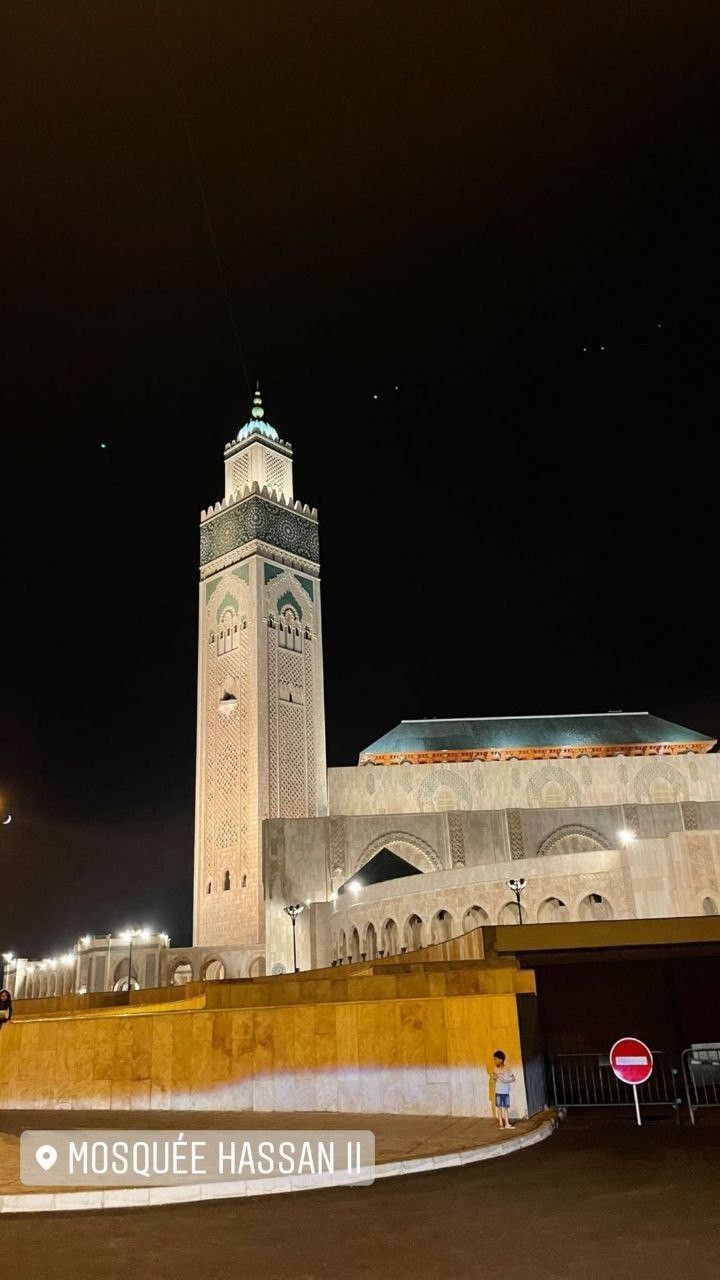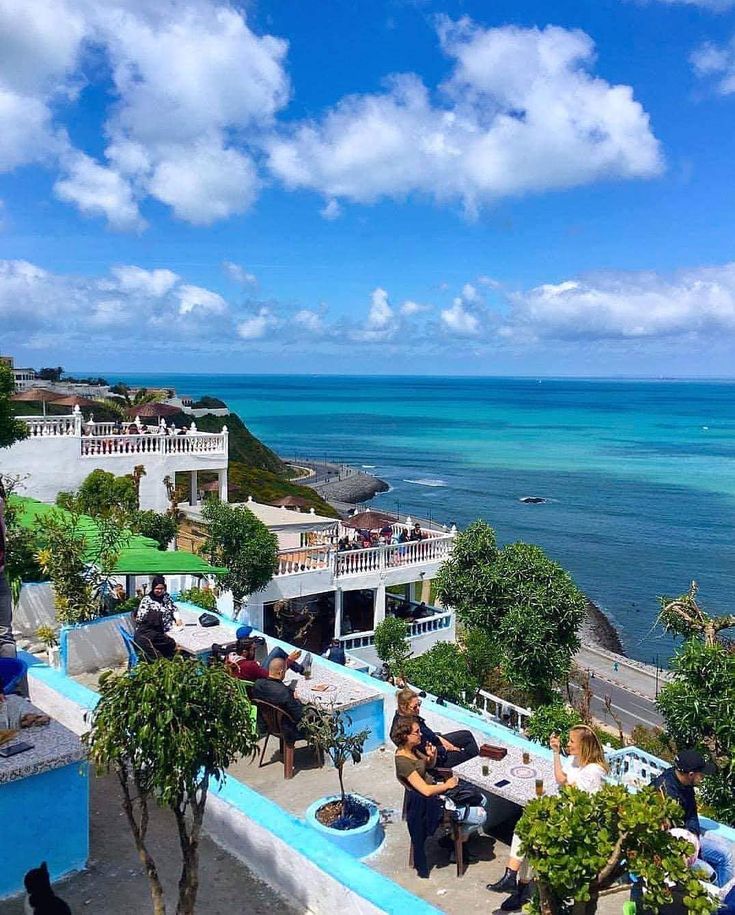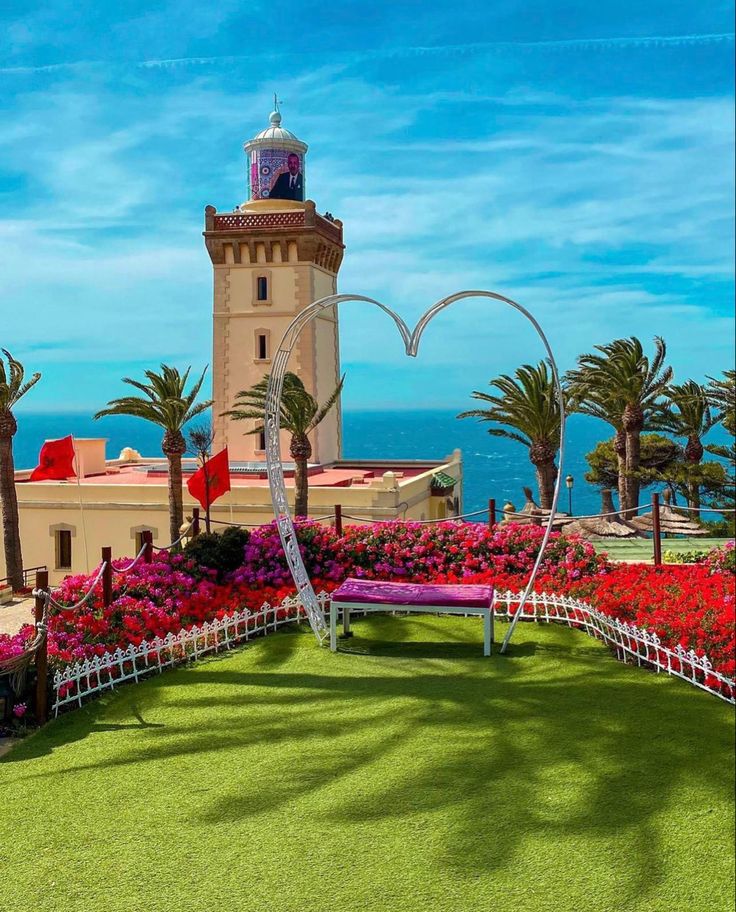
Casablanca
Casablanca: Morocco’s Modern Marvel and Cultural Crossroads
Casablanca, Morocco’s largest city and economic powerhouse, is a vibrant blend of old-world charm and contemporary energy. Known locally as Dar El Beida or simply “Casa,” this bustling metropolis stands as a gateway to Morocco’s modern aspirations while holding onto its historical and cultural roots. Famous for its striking architecture, dynamic nightlife, and coastal beauty, Casablanca offers visitors a unique perspective on Morocco’s urban lifestyle.
In this blog, we’ll delve into Casablanca’s history, must-see attractions, cultural highlights, and hidden gems, revealing why this city deserves a spot on every traveler’s itinerary.
1. Casablanca’s Historical Evolution
Casablanca’s story began as a small Berber fishing village called Anfa, a name still used for some of its neighborhoods today. In the 15th century, it became a Portuguese colony but was abandoned after an earthquake in the 18th century. Later, under Sultan Sidi Mohammed ben Abdallah, the city was rebuilt and renamed Dar El Beida, meaning “the white house,” which the Spanish translated to “Casablanca.”
With the French Protectorate’s arrival in 1912, Casablanca transformed into a modern port city. The French influence brought grand boulevards, colonial architecture, and the iconic art deco style that defines much of the city’s landscape today.
2. Exploring Casablanca’s Iconic Attractions
Hassan II Mosque
One of Casablanca’s most famous landmarks, the Hassan II Mosque, is a masterpiece of modern Islamic architecture. Completed in 1993, it is the largest mosque in Morocco and the seventh-largest in the world. Its minaret, soaring 210 meters high, is the tallest globally.
Set dramatically on the Atlantic coastline, the mosque’s intricate zellij (mosaic tilework), carved cedar ceilings, and marble floors make it a marvel of craftsmanship. Visitors can tour the interior, which accommodates 25,000 worshippers, and admire the retractable roof and ocean views.
The Corniche
Casablanca’s Corniche is a scenic waterfront promenade stretching along the Atlantic Ocean. Located in the upscale Ain Diab district, it’s a popular spot for locals and tourists to enjoy ocean views, restaurants, and cafes. The Corniche comes alive at sunset, offering a magical atmosphere for evening strolls or dining at seaside eateries.
Old Medina
While Casablanca’s old medina may not rival those of Fes or Marrakech in size or complexity, it offers an authentic glimpse into the city’s past. Wander through its narrow streets to discover traditional shops selling everything from spices to handcrafted goods. The medina’s charm lies in its simplicity and connection to Casablanca’s roots.
Habous Quarter (New Medina)
The Habous Quarter, built during the French Protectorate in the 1930s, is a harmonious blend of Moroccan and European architectural styles. Its well-organized streets and charming squares are home to artisanal shops, bakeries, and the iconic Mahkama du Pacha, a stunning example of Moroccan-Andalusian design. Don’t miss the opportunity to shop for handcrafted leather goods, pottery, and traditional garments.
Place Mohammed V
The central hub of Casablanca, Place Mohammed V, is surrounded by impressive art deco and modernist buildings. The square is often bustling with activity, featuring fountains, gardens, and street performers. Nearby, you’ll find government buildings and the city’s law courts, showcasing Casablanca’s blend of tradition and modernity.
3. The Architectural Wonders of Casablanca
Casablanca is a treasure trove of architectural styles, from Moorish to art deco.
- Villa des Arts: A cultural center housed in an art deco villa, offering exhibitions of contemporary Moroccan art and cultural events.
- Cathedral of Sacré Coeur: A striking example of neo-Gothic architecture, this former cathedral is now a cultural venue. Its towering arches and stained glass windows make it a unique landmark.
- Cinema Rialto: An art deco cinema that remains operational, showcasing the city’s love for film and preserving its 1930s charm.
4. Casablanca’s Culinary Delights
Casablanca is a melting pot of flavors, combining traditional Moroccan cuisine with international influences. Its diverse culinary scene offers something for everyone, from street food to fine dining.
Must-Try Dishes
- Tagine: A Moroccan classic, slow-cooked with meat, vegetables, and aromatic spices. Variations include lamb with prunes and chicken with preserved lemons.
- Harira: A comforting soup made with lentils, chickpeas, and tomatoes, often served with dates.
- Seafood: Casablanca’s coastal location ensures fresh catches daily. Try grilled fish, calamari, or seafood pastilla.
- Mechoui: Slow-roasted lamb, a favorite for special occasions.
Popular Dining Spots
- Rick’s Café: Inspired by the famous film Casablanca, this restaurant recreates the romantic ambiance of the movie. It’s a must-visit for its nostalgic charm and fine dining.
- Le Cabestan: A chic seafood restaurant offering stunning ocean views, perfect for a memorable dining experience.
- Basmane: For an authentic Moroccan meal, this upscale restaurant delivers traditional dishes in a beautiful setting.
5. Nightlife and Entertainment
Casablanca’s nightlife is among the liveliest in Morocco. The city boasts trendy bars, clubs, and lounges where locals and visitors gather to unwind.
- Sky 28: Located in the Kenzi Tower Hotel, this rooftop bar offers panoramic views of the city and a sophisticated ambiance.
- Le Kimmy’z: A popular nightclub featuring live music and DJs, ideal for dancing the night away.
- Jazzablanca Festival: Held annually, this event attracts international and Moroccan jazz artists for performances across the city.
6. Shopping in Casablanca
Casablanca is a shopper’s paradise, catering to all tastes and budgets.
- Morocco Mall: One of Africa’s largest malls, it features international brands, a massive aquarium, and an IMAX theater.
- Anfaplace Shopping Center: A stylish mall along the Corniche, offering a mix of luxury and local stores.
- Traditional Markets: Visit local souks for handmade crafts, textiles, and Moroccan argan oil.
7. Day Trips from Casablanca
Casablanca’s central location makes it an ideal base for exploring nearby attractions.
- Rabat: Just an hour away, Morocco’s capital offers a blend of history and modernity with highlights like the Hassan Tower, Kasbah of the Udayas, and Chellah.
- El Jadida: A charming coastal town known for its Portuguese architecture and UNESCO-listed medina.
- Azemmour: A picturesque riverside town offering art galleries, historic walls, and peaceful landscapes.
8. Practical Tips for Visiting Casablanca
- Best Time to Visit: Spring (March to May) and autumn (September to November) offer mild weather, ideal for exploring.
- Transportation: Casablanca’s tram system and taxis are convenient for getting around the city. Walking is also enjoyable in areas like the Corniche and the Habous Quarter.
- Language: Arabic and French are widely spoken, with increasing English fluency in tourist areas.
- Currency: The Moroccan dirham (MAD) is the local currency. Credit cards are widely accepted in malls and upscale restaurants.
9. The Unique Charm of Casablanca
Casablanca may lack the exotic allure of Marrakech or the medieval mystique of Fes, but its charm lies in its modern, cosmopolitan vibe. It’s a city that bridges Morocco’s past and future, offering a dynamic mix of experiences. From its awe-inspiring mosque and art deco architecture to its vibrant food scene and nightlife, Casablanca is a destination that captivates every type of traveler.
Conclusion
Casablanca is more than just Morocco’s business hub; it’s a city with a soul. Whether you’re marveling at the grandeur of the Hassan II Mosque, savoring fresh seafood by the ocean, or exploring its historic quarters, Casablanca invites you to discover its unique blend of tradition and modernity. A visit to this bustling metropolis promises memories of Morocco’s vibrant heartbeat.
Recent Posts
Chefchaouen
Tanger
Tetouan
All Categories

Morocco




